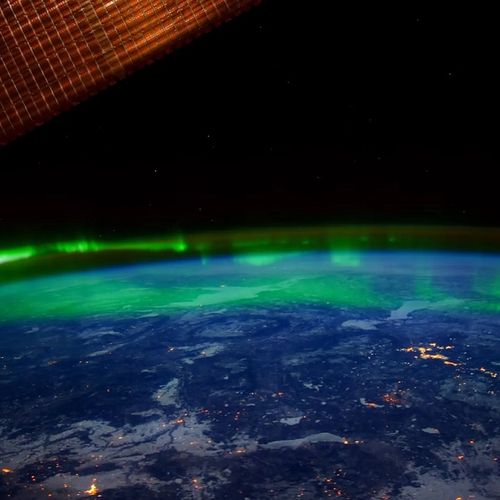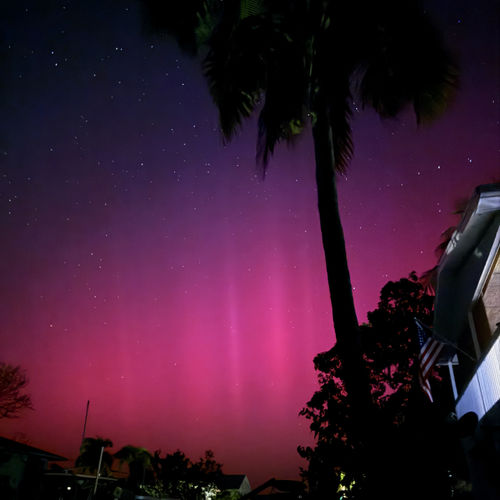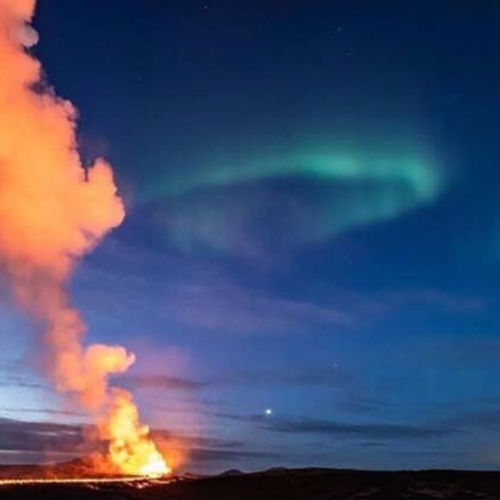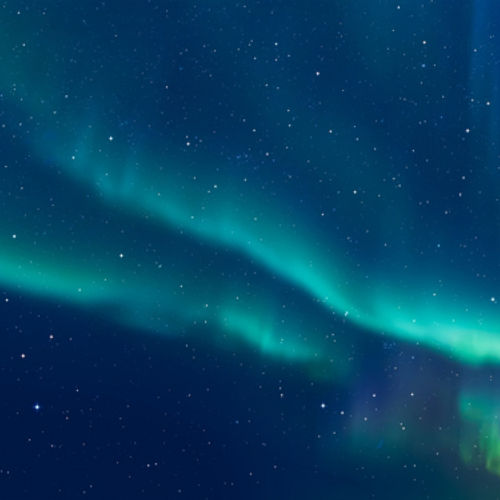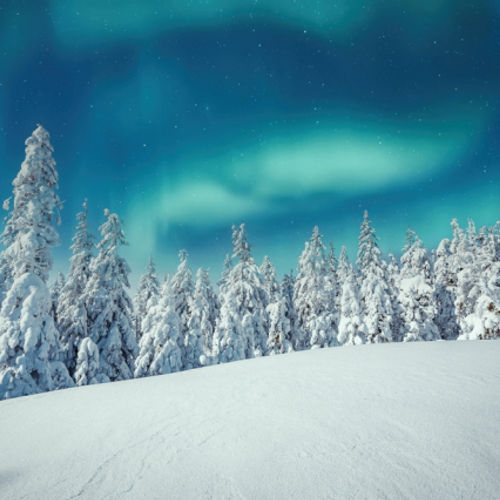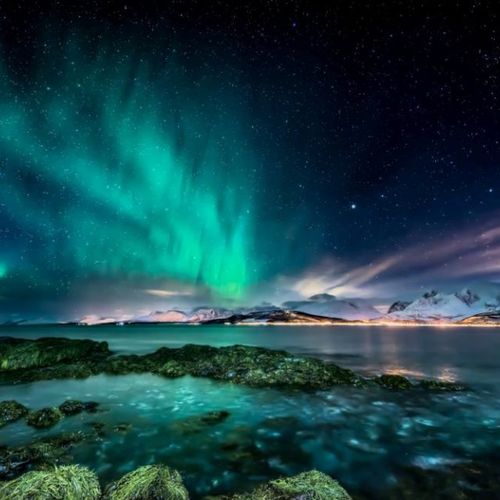
| Added | Thu, 06/07/2023 |
| Источники | |
| Дата публикации | Thu, 06/07/2023
|
| Версии |
Auroras are a phenomenon that has long attracted the attention of scientists and astronomy enthusiasts. They are observed as flickering colored ribbons in the sky and are the result of the interaction of charged particles with the Earth's atmosphere. However, researchers from Arizona State University have discovered a new type of aurora that is invisible to the human eye.
This discovery was made thanks to satellite observations in the infrared range. The researchers installed infrared instruments on near-Earth satellites and found that there is another type of aurora that is visible only in the infrared range. Such an invisible shimmering radiance occurs when energetically powerful cosmic particles and carbon dioxide interact in the Earth's atmosphere.
The main difference between this invisible aurora from the usual one is its inaccessibility for observation with the naked eye. It does not create colorful celestial "shows" and remains unnoticed by humans. Nevertheless, thanks to the new discovery, scientists have received new tools for studying the aurora borealis and a deeper understanding of the processes occurring in the upper atmosphere.
According to Katrina Bossert, one of the researchers, their study offers a new way to observe the Earth's aurora from space. She also notes that different emissions of auroras can be associated with different heights and energies of particles. This discovery expands our knowledge of the aurora borealis and helps to better understand the interaction of the upper atmosphere with space.
It is interesting to note that the Earth's atmosphere has a layered structure, where the lowest and densest layer is called the troposphere. This layer is located near the surface of the Earth and has a direct impact on the weather. The thinnest layers of the atmosphere are located at the top, in the thermosphere and ionosphere, which overlap each other at an altitude of 80 to 700 kilometers above the Earth's surface. It is in these layers that the colorful auroras we know usually occur.
Новости со схожими версиями
Log in or register to post comments

